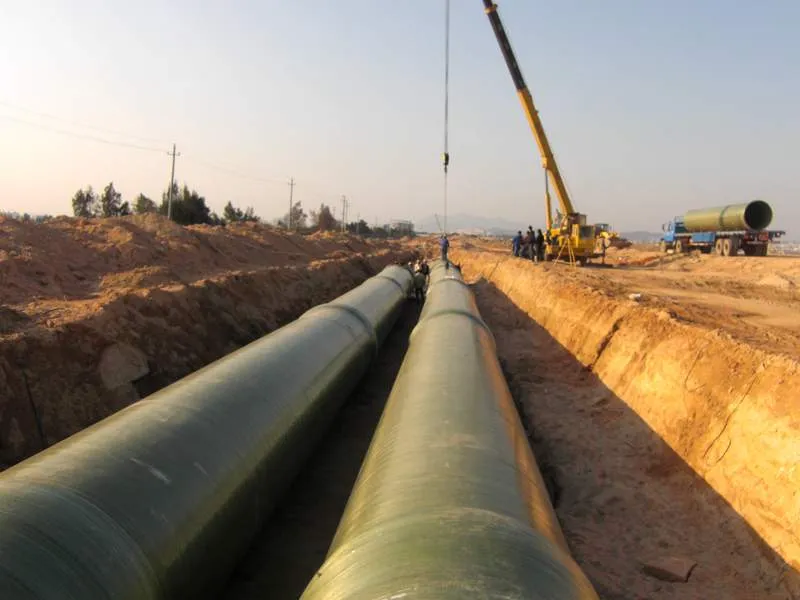
-
 Afrikaans
Afrikaans -
 Albanian
Albanian -
 Amharic
Amharic -
 Arabic
Arabic -
 Armenian
Armenian -
 Azerbaijani
Azerbaijani -
 Basque
Basque -
 Belarusian
Belarusian -
 Bengali
Bengali -
 Bosnian
Bosnian -
 Bulgarian
Bulgarian -
 Catalan
Catalan -
 Cebuano
Cebuano -
 China
China -
 China (Taiwan)
China (Taiwan) -
 Corsican
Corsican -
 Croatian
Croatian -
 Czech
Czech -
 Danish
Danish -
 Dutch
Dutch -
 English
English -
 Esperanto
Esperanto -
 Estonian
Estonian -
 Finnish
Finnish -
 French
French -
 Frisian
Frisian -
 Galician
Galician -
 Georgian
Georgian -
 German
German -
 Greek
Greek -
 Gujarati
Gujarati -
 Haitian Creole
Haitian Creole -
 hausa
hausa -
 hawaiian
hawaiian -
 Hebrew
Hebrew -
 Hindi
Hindi -
 Miao
Miao -
 Hungarian
Hungarian -
 Icelandic
Icelandic -
 igbo
igbo -
 Indonesian
Indonesian -
 irish
irish -
 Italian
Italian -
 Japanese
Japanese -
 Javanese
Javanese -
 Kannada
Kannada -
 kazakh
kazakh -
 Khmer
Khmer -
 Rwandese
Rwandese -
 Korean
Korean -
 Kurdish
Kurdish -
 Kyrgyz
Kyrgyz -
 Lao
Lao -
 Latin
Latin -
 Latvian
Latvian -
 Lithuanian
Lithuanian -
 Luxembourgish
Luxembourgish -
 Macedonian
Macedonian -
 Malgashi
Malgashi -
 Malay
Malay -
 Malayalam
Malayalam -
 Maltese
Maltese -
 Maori
Maori -
 Marathi
Marathi -
 Mongolian
Mongolian -
 Myanmar
Myanmar -
 Nepali
Nepali -
 Norwegian
Norwegian -
 Norwegian
Norwegian -
 Occitan
Occitan -
 Pashto
Pashto -
 Persian
Persian -
 Polish
Polish -
 Portuguese
Portuguese -
 Punjabi
Punjabi -
 Romanian
Romanian -
 Russian
Russian -
 Samoan
Samoan -
 Scottish Gaelic
Scottish Gaelic -
 Serbian
Serbian -
 Sesotho
Sesotho -
 Shona
Shona -
 Sindhi
Sindhi -
 Sinhala
Sinhala -
 Slovak
Slovak -
 Slovenian
Slovenian -
 Somali
Somali -
 Spanish
Spanish -
 Sundanese
Sundanese -
 Swahili
Swahili -
 Swedish
Swedish -
 Tagalog
Tagalog -
 Tajik
Tajik -
 Tamil
Tamil -
 Tatar
Tatar -
 Telugu
Telugu -
 Thai
Thai -
 Turkish
Turkish -
 Turkmen
Turkmen -
 Ukrainian
Ukrainian -
 Urdu
Urdu -
 Uighur
Uighur -
 Uzbek
Uzbek -
 Vietnamese
Vietnamese -
 Welsh
Welsh -
 Bantu
Bantu -
 Yiddish
Yiddish -
 Yoruba
Yoruba -
 Zulu
Zulu
fiber pipe
The Future of Fiber Pipe Technology
In the ever-evolving landscape of technology, fiber pipe technology stands at the forefront, offering innovative solutions for various applications ranging from telecommunications to construction and beyond. One of the most compelling aspects of fiber pipes is their ability to transmit information and materials efficiently, making them a popular choice in today’s fast-paced world.
Fiber pipes, often made from advanced composite materials, are designed to be lightweight, durable, and resistant to corrosion. Unlike traditional metal or plastic pipes, fiber pipes can withstand extreme temperatures and pressures, making them ideal for a wide range of industries including oil and gas, water supply, and data transmission. Their composition allows for flexibility, reducing the risk of damage during installation and use.
One of the most prominent applications of fiber pipe technology is in telecommunications. As the demand for high-speed internet continues to rise, fiber optic cables have become essential. These cables, which utilize light to transmit data, offer significantly higher bandwidths compared to traditional copper wires. Fiber pipes, designed specifically to house and protect these delicate cables, enhance their performance and longevity, ensuring seamless communication across vast distances.
In conjunction with telecommunications, fiber pipes also play a crucial role in the construction industry. Their lightweight nature facilitates easier transportation and installation, reducing labor costs and improving project timelines. Builders are increasingly turning to fiber-reinforced pipes for applications such as drainage systems, sewage lines, and even in the framework of buildings themselves. The high strength-to-weight ratio of fiber pipes not only improves structural integrity but also contributes to sustainability efforts by minimizing the physical footprint of construction materials.
fiber pipe

Moreover, fiber pipes are instrumental in water management systems. Their resistance to biofouling and corrosion makes them an ideal choice for water supply and wastewater treatment solutions. The use of fiber pipes in these systems extends their lifespan, ensuring that communities have access to reliable and safe water. This is particularly critical in areas facing water scarcity, where efficient and durable materials can make a significant difference in infrastructure sustainability.
The environmental impact of fiber pipe technology cannot be overstated. As societies increasingly prioritize eco-friendly solutions, fiber pipes emerge as a key player in reducing carbon footprints. Their longevity and recyclability contribute to a circular economy, minimizing waste and conserving resources. Additionally, the ability to transport materials and information more efficiently translates to lower emissions from transportation and energy consumption.
Looking ahead, the future of fiber pipe technology is bright. With ongoing research and development, we can expect to see advancements that further enhance the performance and applicability of fiber pipes. Innovations in smart materials and sensors integrated into fiber pipes could lead to intelligent infrastructure capable of monitoring conditions in real-time. This could revolutionize industries by enhancing efficiency, safety, and responsiveness.
In conclusion, fiber pipe technology represents a significant advancement in various fields, providing durable, efficient, and sustainable solutions. As technology progresses, fiber pipes will likely continue to shape the infrastructure of the future, making them a vital component of modern society.
Latest news
-
Exploring the Benefits of Top Hammer Drifter Rods for Enhanced Drilling PerformanceNewsJun.10,2025
-
High-Precision Fiberglass Winding Machine for GRP/FRP Pipe Production – Reliable & Efficient SolutionsNewsJun.10,2025
-
FRP Pipes & Fittings for Shipbuilding - Corrosion-Resistant & LightweightNewsJun.09,2025
-
Premium FRP Flooring Solutions Durable & Slip-ResistantNewsJun.09,2025
-
Premium Fiberglass Rectangular Tanks Durable & Lightweight SolutionNewsJun.09,2025
-
Tapered Drill String Design Guide Durable Performance & UsesNewsJun.09,2025









